Chamchi Maeul (참치마을)
814.4247579601691m 119 2021-03-22
31, Donhwamun-ro, Jongno-gu, Seoul
+82-2-742-1671
This is a restaurant where you can enjoy several parts of tuna. This Japanese (cuisine) restaurant is located in Jongno-gu, Seoul. The most famous menu is sliced raw tuna.
Hakrim Dabang (학림다방)
816.2217927729515m 3447 2021-03-26
119, Daehak-ro, Jongno-gu, Seoul
+82-2-742-2877
This store has been operating under a retro atmosphere since 1956. This restaurant's signature menu is vienna coffee. This cafe is located in Jongno-gu, Seoul.
Baengnyeon Tojong Samgyetang (백년토종삼계탕)
817.731286023272m 21155 2021-03-24
41, Bukchon-ro, Jongno-gu, Seoul
+82-2-747-5535
This is the place featured on the Michelin Guide. This Korean dishes restaurant is located in Jongno-gu, Seoul. The representative menu is ginseng chicken soup.
Santuario Munmyo y Complejo Sungkyunkwan en Seúl (서울 문묘와 성균관)
821.1846837386423m 28274 2021-06-24
Sungkyunkwan-ro 31, Jongno-gu, Seúl.
+82-2-760-1472
Munmyo es un santuario en honor a Confucio, cuyas enseñanzas son la base del confucionismo. Está dedicado a sus discípulos y a otros eruditos también. Munmyo no solo es un santuario sino que también fue la institución educativa más importante de la dinastía Joseon.
El complejo contiene dos áreas principales: el Daeseongjeon, que alberga santuarios; y el Myeongryungdan, que tiene salones para seminarios y otras instalaciones. También hay dos dormitorios, Dongjae y Seojae, que en conjunto se denominan Sungkyunkwan. Frente al Myeongnyundang se yergue un gingko que es Monumento Natural N°. 59. En primavera y otoño se celebra un rito conmemorativo en honor de Confucio y sus discípulos.
Galería de Arte Kyung-In (경인미술관)
826.5914173257496m 2017 2021-03-18
Insadong 10-gil 11-4, Jongno-gu, Seúl.
Es un museo de arte inaugurado el 6 de diciembre de 1983, localizado en el centro de la ciudad de Seúl. Más allá de ser un espacio cultural para los artistas, es uno de los lugares turísticos frecuentados por los turistas extranjeros. En una superficie amplia de aproximadamente 1.650 ㎡, posee 5 salas destinadas a la exposición de obras artísticas, sector de exhibición al aire libre, escenario al aire libre para la representación de eventos culturales, pantalla audiovisual, la casa de té tradicional Dawon, etc.
Siendo un espacio cultural que incorpora todos los detalles modernos y tradicionales, es utilizado para la exposición de obras y como lugar de encuentro entre los artistas. Todos los rincones de este museo ofrecen algo para disfrutar, ya sea el escenario al aire libre, las esculturas que se encuentran en el jardín o las piezas de arte. En primavera y otoño, se realizan conciertos musicales y ensayos de obras con los autores.
Dawon (Traditional Tea Garden) (전통다원)
826.5914173257496m 18281 2020-02-20
11-4, Insadong 10-gil, Jongno-gu, Seoul
+82-2-730-6305
Dawon is a tea house that operates in a hanok (traditional Korean house). Located in the busy tourist area of Insa-dong, this place offers the visitors a moment to relax and find peace in the city. When seated, greenery and flowers in the private garden make for a nice view while sipping tea and snacking on Korean desserts like assorted ttoek (rice cakes). There are many teas available, with more than 15 varieties, all of which originate from Korea. Dawon's peaceful atmosphere and authentic experience make it a must visit for anyone in the Insa-dong area.
Insadong Maneul Bossam (인사동마늘보쌈)
826.313296556385m 81 2021-03-19
12-5, Insadong 8-gil, Jongno-gu, Seoul
+82-2-735-7885
This is a Korean cuisine located in Insa-dong, Seoul. It is located at Ssamji-gil in Insa-dong. The representative menu is napa wraps with pork and garlic.
Choedaegamne (최대감네)
831.2559234023857m 4298 2020-06-01
12-3, Insadong 8-gil, Jongno-gu, Seoul
+82-2-733-9355
Choedaegamne is a traditional restaurant with a cozy garden and a pond. It is located at the end of the alley next to Inside Plaza. At this famous restaurant located in Insa-dong, a traditional interior is enhanced by the date trees planted in between tables. Various dishes are available such as Ssambapjeongshik with organic vegetables, beef shabu shabu using beef stock and fresh tender galbi (ribs) which are purchased daily.
Sanchon (산촌)
831.8565433743872m 35899 2019-06-13
30-13, Insadong-gil, Jongno-gu, Seoul
+82-2-735-0312
Founded and opened by Monk Jeongsan,
Sanchon is a
vegan-friendly restaurant that mainly serves temple foods. The
dishes found here are a results of Kim Yun-sik, who was inspired
by the simple, clean and healthy diet that a Buddhist practitioner taught
him years ago. Now, being a top authority on vegetarian
food in Korea, Kim Yun-sik helped perfect the standard and quality of
temple food.
The dishes are made with all natural ingredients such as vegetables and mountain herbs, and are cooked without chemical additives. The actual dishes served vary by season, and in order to meet the tastes of the general public, the
restaurant includes "five spices" (garlic, shallots, mountain leeks, etc.), which monks are typically not allowed to eat. Those who would like their food without these ingredients are asked to make their request at least one day prior to visiting.
Nwijo (뉘조)
835.1465016694684m 14685 2021-03-19
27, Insadong 14-gil, Jongno-gu, Seoul
+82-2-730-9311
Nwijo (뉘조) is a Korean restaurant specializing in wild vegetable cuisine. The name ‘Nwijo’ means ‘the god of the silkworm,’ and likens wild vegetables to silkworms in that both can be eaten in their entirety. The restaurant serves original full-course Korean meals that are prepared using hundreds of kinds of wild vegetables, including special seasonal vegetables.
A typical full-course meal starts with delicious pumpkin porridge, followed by seasoned wild vegetables, root vegetable ssam (condiments wrapped in vegetable leaves), slices of boiled meat, and steamed lotus leaf-wrapped rice served with jjigae (Korean stew) and various side dishes. This kind of traditional feast is pleasing to both the eye and the palate and is topped off with sikhye (traditional sweet rice drink). Lunch specials are also available.
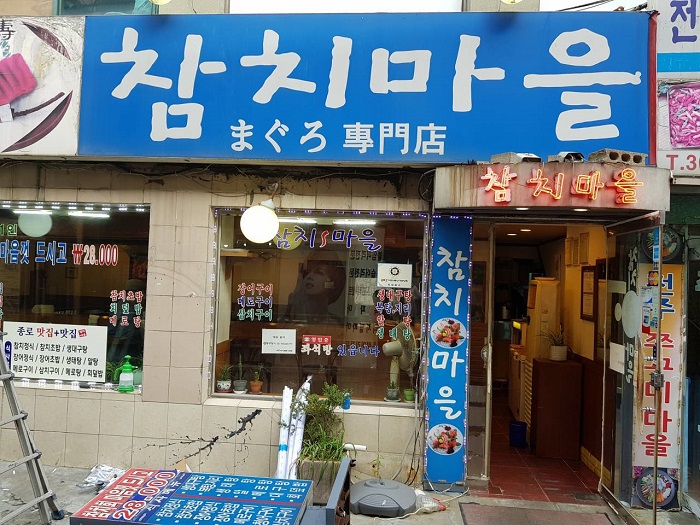
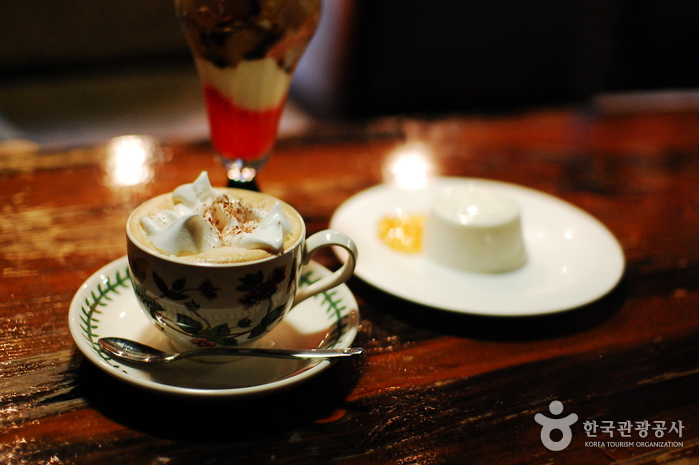
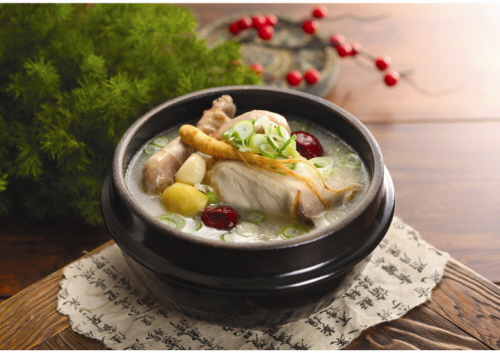
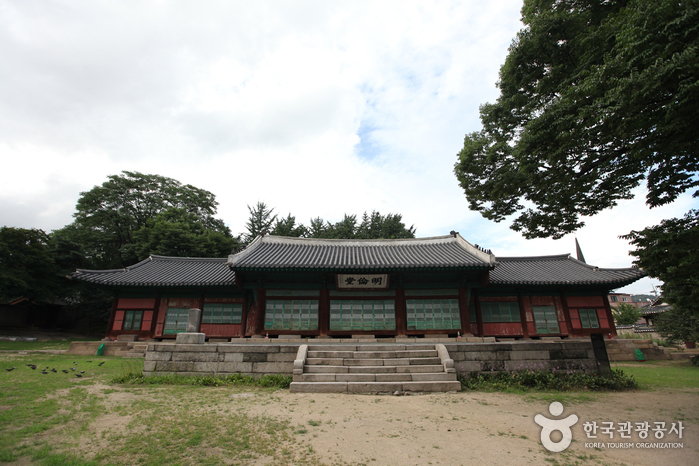
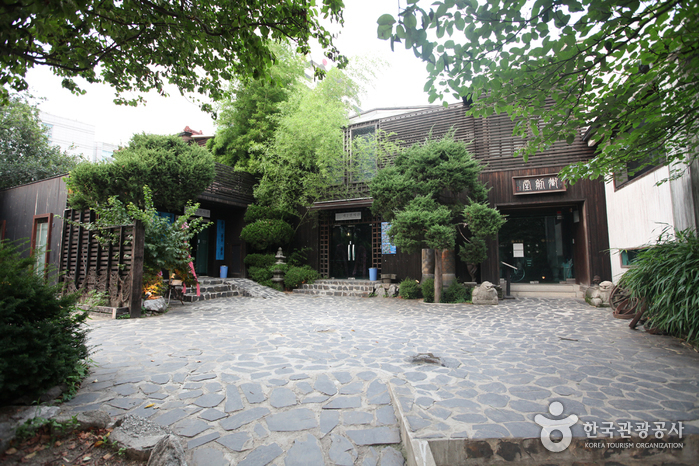
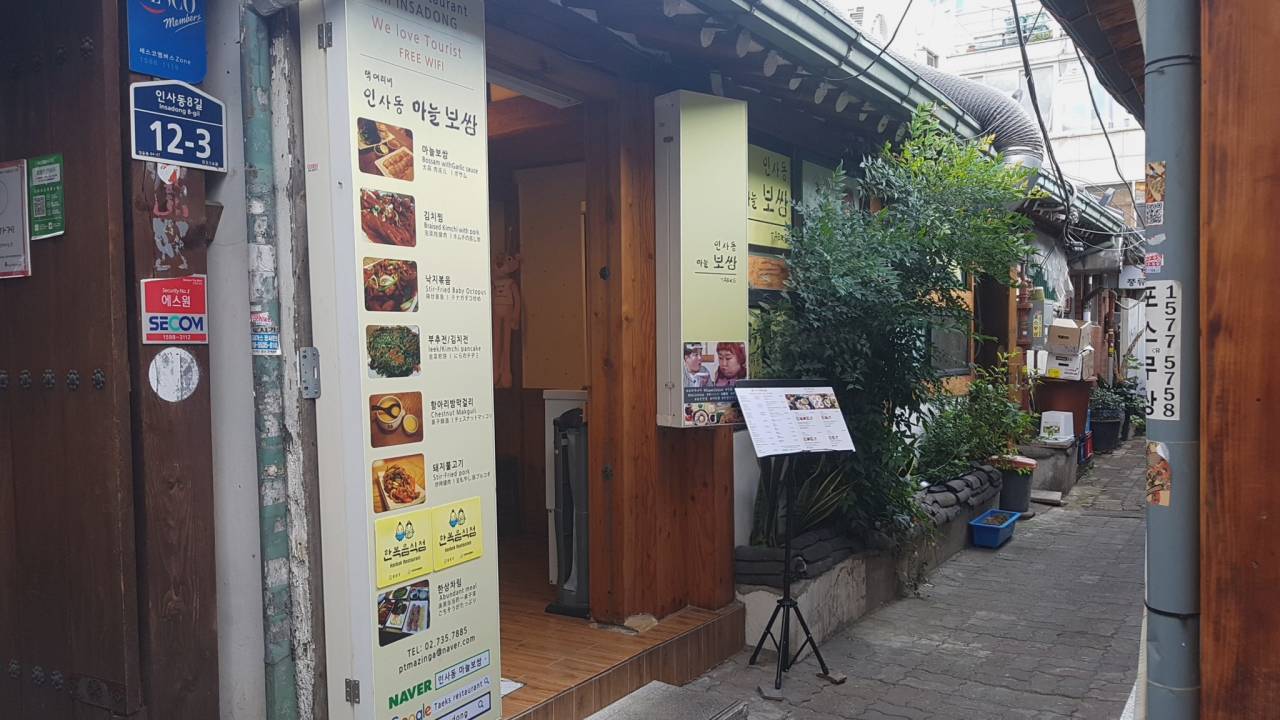
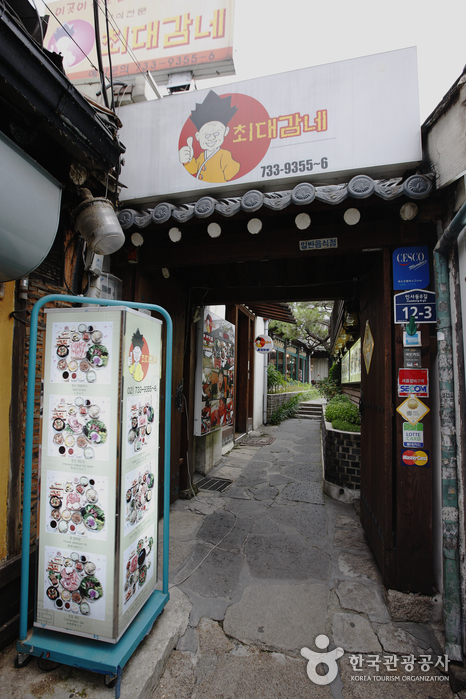
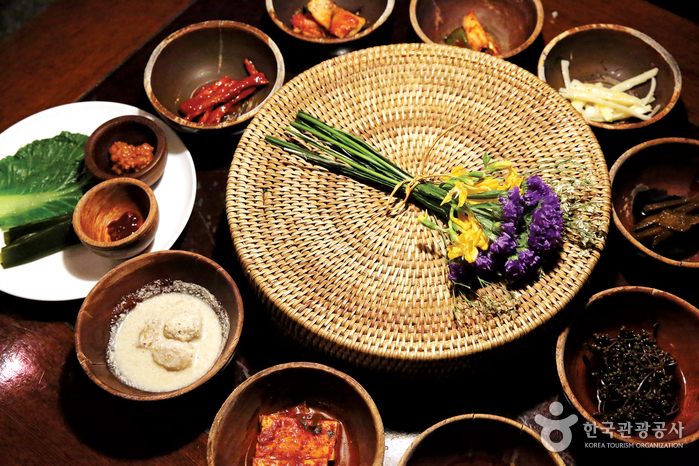
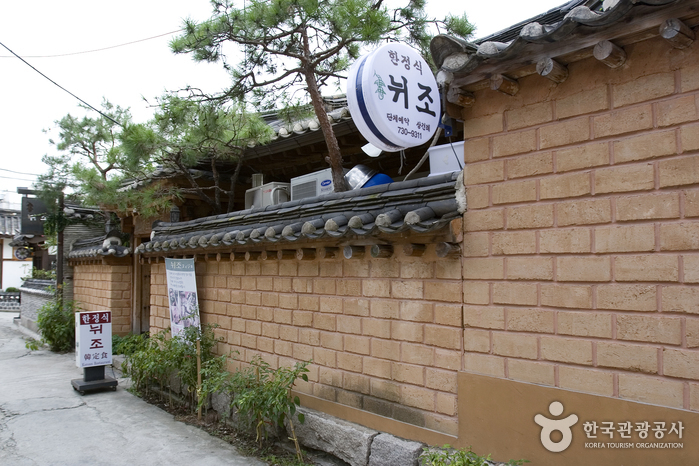
 Español
Español
 한국어
한국어 English
English 日本語
日本語 中文(简体)
中文(简体) Deutsch
Deutsch Français
Français Русский
Русский